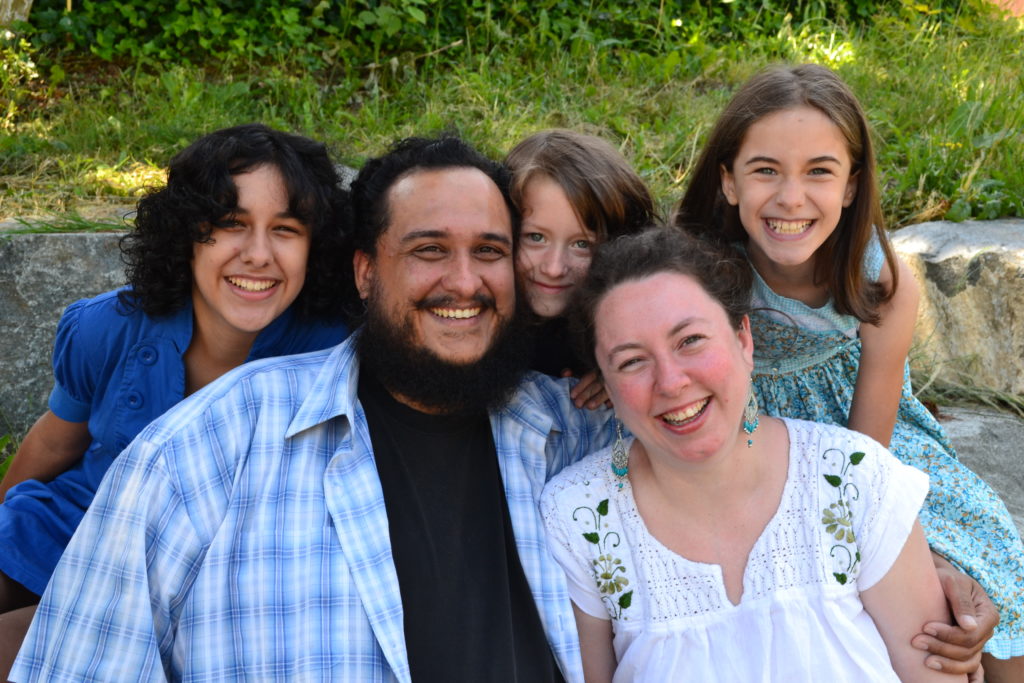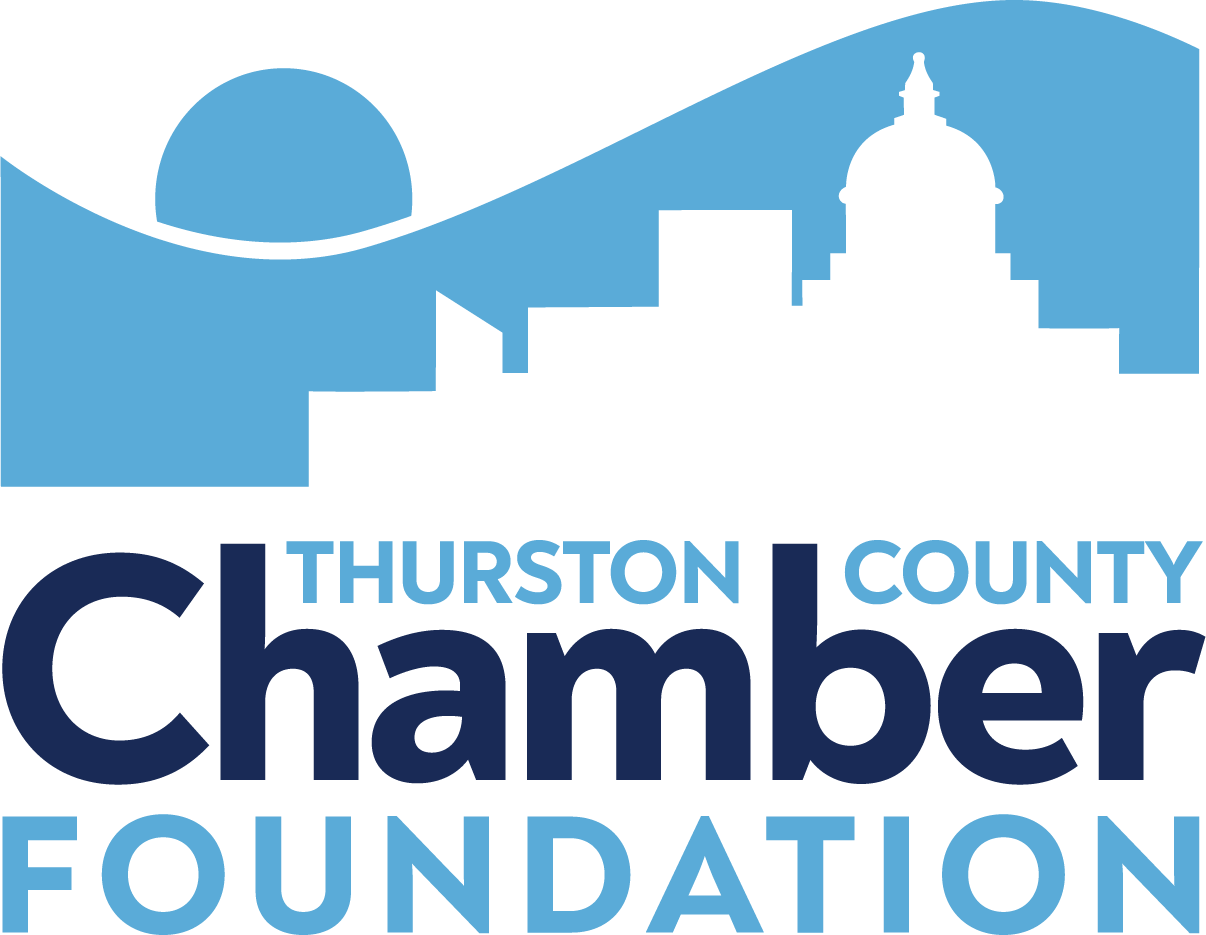Thurston Thrives Housing Teams Seek Innovative Solutions
By Zach Kosturos, Prime Locations
First published in The Olympian, April 28, 2019

A happy family that rents affordable housing from the nonprofit Homes First.
Low supply and high demand have resulted in a severe lack of affordable housing-one of the top challenges we face as a community. While the public and nonprofit sectors are making progress addressing the problem, they cannot do it alone. We must have the help of the private sector.
For nearly two years, I have served on the “Incentivized Housing Team,” one of the teams that make up Thurston Thrives Housing Action Team tasked with finding solutions to the housing affordability crisis. Thurston Thrives is a collaborative community initiative working to improve health and safety for all in Thurston County.
Our Incentivized Housing Team is a collaboration of volunteers from private, public and nonprofit organizations in Thurston County. The Team has come up with some innovative ways for local jurisdictions to partner with private developers to improve the supply of affordable housing. We need to invite everyone to the table to help solve the problem.
Before proposing any solutions, we first worked to quantify the problem.
The Problem
About 2000 new housing units are needed each year to accommodate the population growth in Thurston County. Over a six-year span leading up to 2018, we missed that mark by about 30 percent, under-producing approximately 3600 units.
In addition, households are getting smaller. With fewer people in a household, the demand for housing units is greater than we have predicted in the past. The housing shortage has also led to a vacancy rate that has been under 3 percent, leaving too few units to serve our growing population.
Lack of supply and the resulting escalated housing prices mean too many of our households are cost-burdened. Industry experts recommend that households spend 30 percent or less of their gross income on housing. In Thurston County, over 30 percent of households spend more than 30 percent of their gross income on housing and 15 percent spend more than 50 percent. It leaves little money for other priorities in life like food, clothing and healthcare.
Innovation is Key – Housing Affordability Model
According to our data, an estimated 600 of the 2000 housing units needed each year should be affordable to households that make 80 percent or less of the median income. In 2017, with the work of public and nonprofit sectors, about 350 new affordable units were added. But, on average, only 200 units have been added annually in recent years.
The private sector could help provide “mixed-income” development—where a portion of the units are priced as affordable housing. But, bringing on new supply is expensive and including affordable housing units can make a project difficult or nearly impossible from a financial standpoint. It is important to understand why.
Developers face significant costs–for land, taxes, entitlements, loan payments, plans, engineering, maintenance, labor and countless other things. A developer’s return on investment must pencil out and justify the many risks that come with a project. Nonprofit and public developers receive significant incentives from the Department of Housing and Urban Development, many of which are not accessible by private developers.
Our Incentivized Housing Team has proposed ways to incentivize private as well as public and nonprofit development to make affordable housing projects possible. The incentives include speeding up the permitting process; increasing housing density; mitigating fees; and, providing tax flexibility like the expanded use of the Multifamily Property Tax Exemption.
Our Team has developed a “Housing Affordability Model,” a unique financial tool where we can plug in these incentives to the affordable housing development equation. Municipalities and other organizations can, and have, used the Model to illustrate to developers how a project with affordable housing units could be “doable.”
The affordable housing crisis affects all of us. The current course, where so many working households are priced out of the housing market, cannot continue. It is a complex problem that the public, nonprofit and private sectors must address together. To solve complicated issues, we need to think outside the box, something that is being done in the continued work of Thurston Thrives.

Zach Kosturos lives locally with his family and is the owner and president of Prime Locations, a commercial real estate firm that specializes in sales, leasing and investment property management. Zach is also a private developer engaged in multiple housing projects.
.
